How online learning contributes to a more inclusive HE experience
Neo LMS
SEPTEMBER 23, 2021
As an educator and Executive Director at the Inclusive Higher Education Certificate Program ( IHECP ), I can honestly say that my students have experienced a smooth transition to the online learning environment. As schools and universities reopen their gates, there’s great hope that there will soon be more in-person learning.



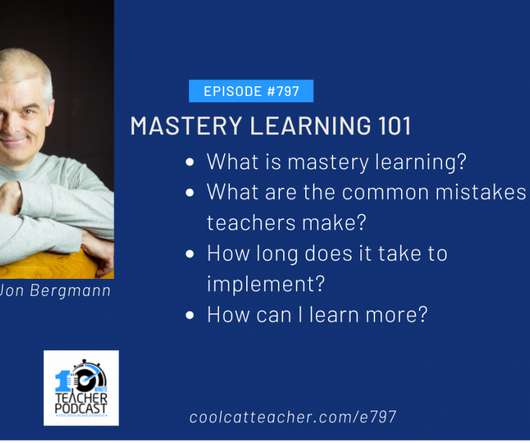

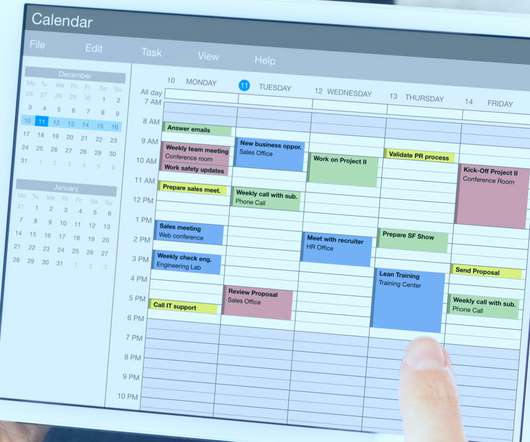


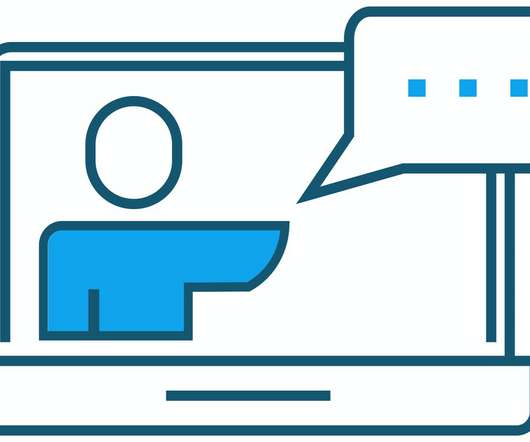




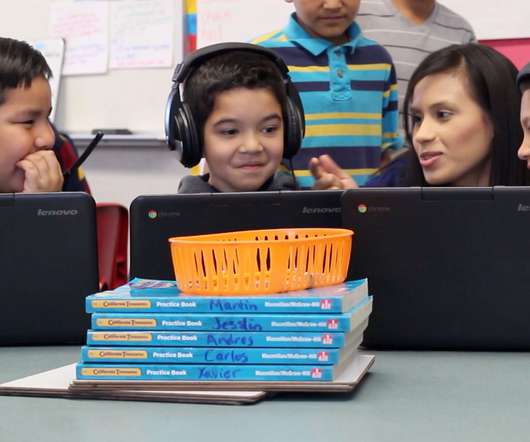
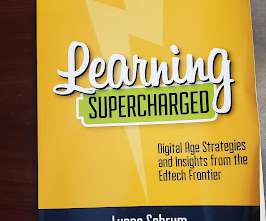




















Let's personalize your content